Foggy bottoms
This week: Flowers in the garden; Changing plans; For some, winter is already here;
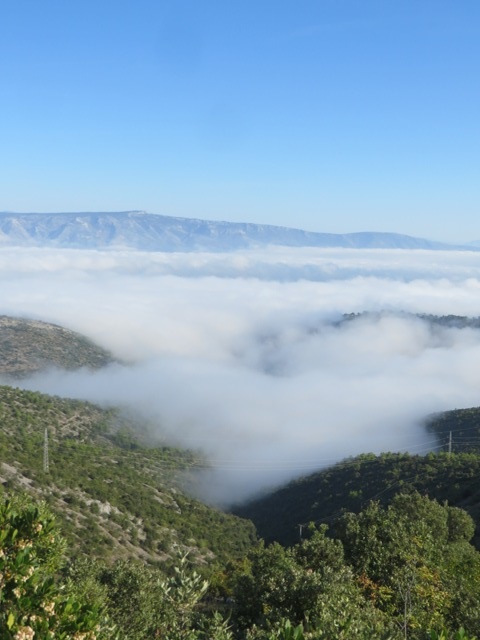
I’ve decided that being away is decidedly not fun. I think it is the change in the air (or maybe the water) but I always seem to come back with a cough, cold or flu or a mixture of all three.
But I’m taking the medicine which is taking its time to work. All it seems to do at the moment is make me drowsy. There is also a lot to do after you get back, even if the trip is just over a week.
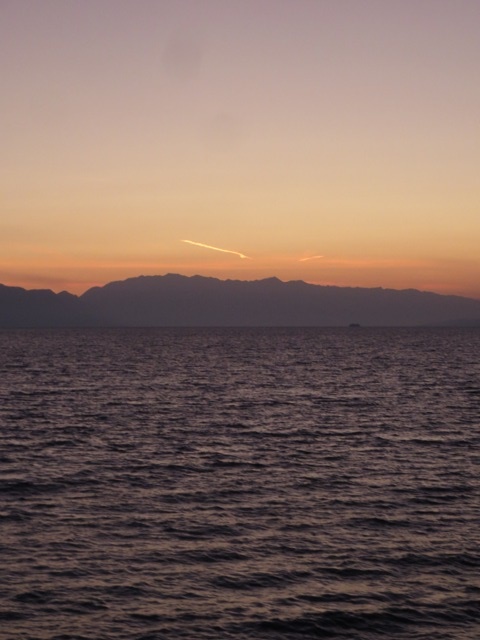
The hire van had to be returned to Split early on Monday, but a compensation for the two hour ferry journey each way was a beautiful sunrise, a calm sea and a comfy seat to sleep in.
Flowers in the garden
As the sun rises later, hangs lower in the sky every day and disappears earlier behind the southern hills, so the days shorten and the nights lengthen.
Here in Europe we change clocks tonight (Saturday), going back an hour to make the morning lighter but it will be dark by teatime. That simple change also takes a couple of weeks for the body clock to adjust to.
At least it is only five short months before we change again and in just eight weeks it will be New Year. Already the leaves of next year’s daffodils are showing.
As I have said before, the Mediterranean climate is winter mild and wet, summer hot and dry – with few seasons in-between.
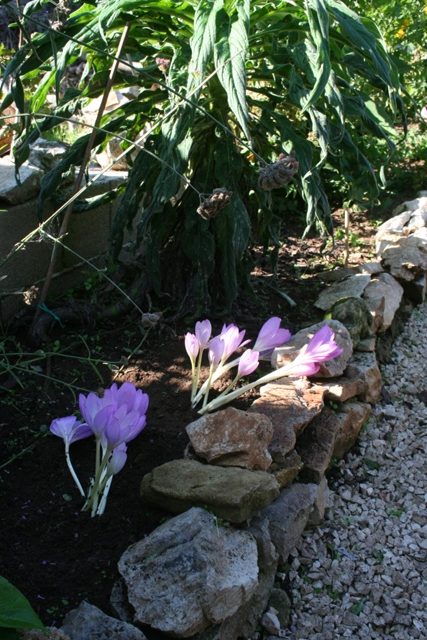
But even though the day length shortens, there are some autumn plants coming into flower. I have several Colchicum in flower, even surviving an onslaught by young Gizmo who seems to like their smell.
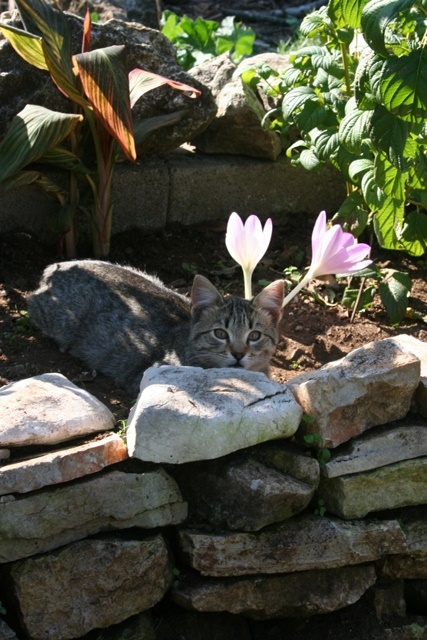
These are often incorrectly called Autumn Crocus. Yes, the Colchicum flower in the autumn and most certainly they look like a large crocus, but they are from a completely different family.
There are autumn flowering crocus, called “Crocus speciosus x” The RHS publish a very useful autumn crocus guide as a pdf and there are many on-line suppliers of bulbs.
The Colchicum often go by the name “naked ladies” because the flowers appear without leaves. The thick strap like leaves come in the spring and build strength in the large corm, then die back by summer.
White or translucent flower heads pop up in late September, growing long and tall before opening with pastel colours of mauve, pink and white.
I have planted a number of tender bulbs in the shade of my garden shed and wood pile. This year the scarlet Nerine bowdenii have flowered for the first time.
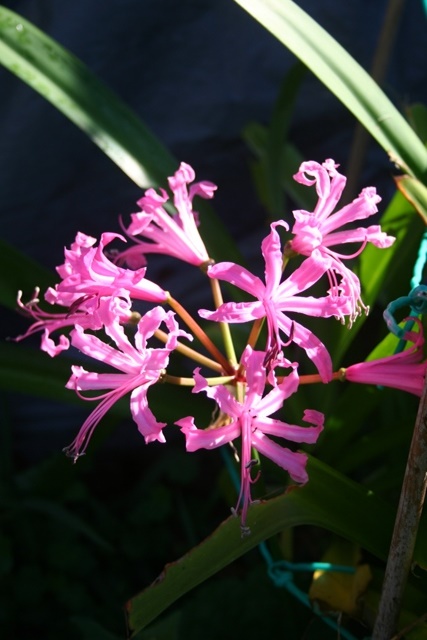
Looking rather like a type of orchid, they are native to the area of South Africa which shares the same climate as the Mediterranean.
They have been widely hybridised and the variety Nerine sarniensis, the Guernsey Lily needs the warmth of a greenhouse border to survive northern European winters.
The various Bowdenii varieties will thrive at the base of a south facing wall, but need to be planted fairly deep to protect them from frost. Nerine filifolia will survive in warmer parts of northern Europe.
Mine are in a sheltered spot, but one which receives sun right throughout the year.
Nerines are easy to propagate from very fresh seed, but also if left to clump in the ground, the dense groups of bulbs can be lifted and split every few years.
I also have a number of weeds which are in flower, like this pretty Verbascum nigrum, all of which are attracting the late flying bees and butterflies.
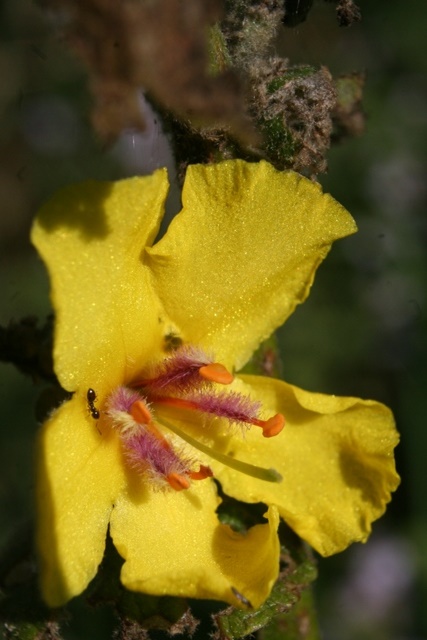
Changing plans
There are always too many jobs to do and not enough time.
This week I made a start on the area where the pond will go. I have been storing kindling and small branches for the wood stove there, because it was an available space and the cut branches have reduces weed growth almost to zero.
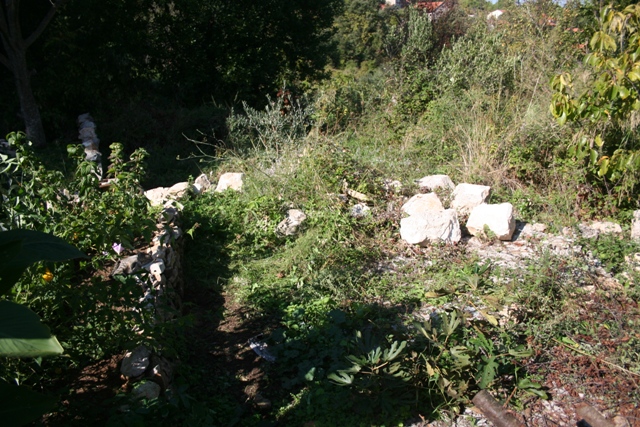
What I realised is that when I dig out the pond, I need somewhere for the spoil to go.
I know this is going to be a very poor quality subsoil, so had plans to fill in behind a new rockery wall. But as I sat in the morning sunshine, with a cup of coffee, contemplating the design I have drawn, I realised that with a few tweaks at this early stage, I can make the plans better.
There is a low wall between my orchard and my neighbours. They have a terrace and a patio which overlooks my orchard.
I realised one afternoon as I was sitting with them, having a halting conversation in German, that their view of my orchard was awful.
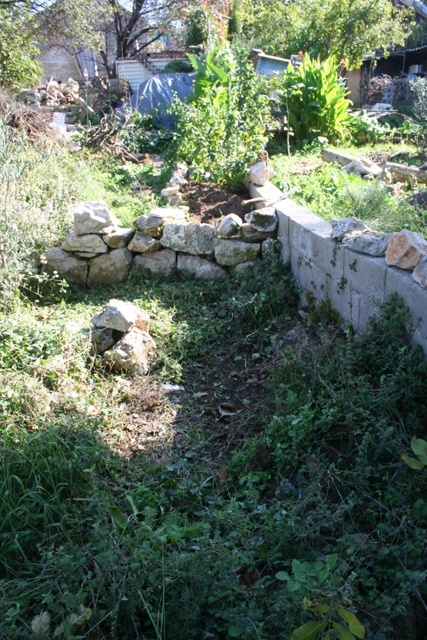
Their terrace is more than two and a half meters higher than my orchard, so they look down on top of everything.
Whilst I am keeping a functional orchard, indeed there are more than a dozen varied fruit trees with more still to be planted, I also want to have shrubs, bulbs and plants which will provide year round displays of colour.
The winding path I created in the spring will meander through this landscape offering views of the flowers and foliage, but although I had mentally planned where it was going to continue, I hadn’t actually committed the plan to paper.
I also hadn’t measured up either. The path stops where the stones ran out. I bought one and a half cubic metres and I will need at least that much again, but before laying the stones, which is the easy bit, I have to dig out the route, build some walls and shift earth.
I have a lot of plants in the nursery in pots, waiting to be planted and I have the design worked out – tallest at the back, shortest at the front – and a list of their individual requirements.
This orchard is the only good soil that I have on my land, so I want to make best use of it. There are plants for shade, partial shade and full sun. There are a couple of cool air sinks, which will require special treatment but my neighbour this morning asked if he could raise our boundary wall by 300mm using natural stone.
I agreed immediately, because in winter cool air flows down over his land and across my orchard. A low wall will warm in the sun, release the energy at night, and being solid will divert the katabatic air movement away from my plants.
For some, winter is already here!
Bearing in mind this blog is read every week in many far flung places, including the southern hemisphere where it is now spring, heading rapidly towards summer.
Also in the tropics, where snow is something the good folk who live there have on their Bucket List to see, this advert may not be appropriate…

I was presented with it when I logged onto one of the news sites that I follow. It’s not really appropriate for me either. But even at Bauhaus in Split, they have snowblowers for sale…
There is some strange weather around at the moment. As I write this, Gaza, Sinai and Egypt are being pummelled by a Medicane cyclone.

Medicanes – Mediterranean hurricanes – are unusual but not unknown in the western and central Mediterranean, but are extremely rare in the east.
While in Dol we have had some rare foggy mornings.
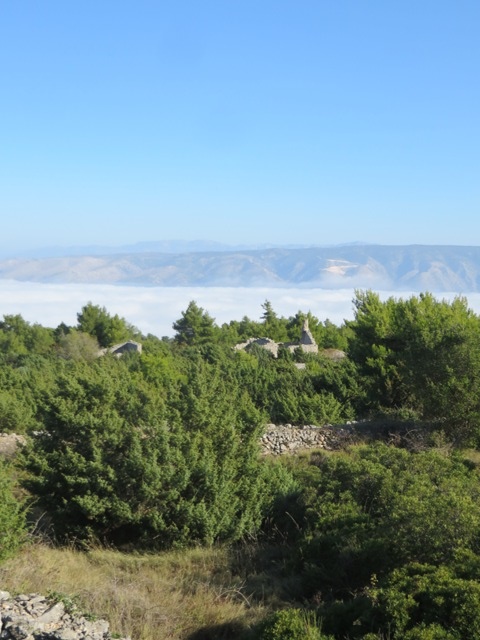
Advection fog forms when the temperature and dew point are close to being the same and moist air passes over a cooler surface.
Generally Dol sits above the layer of fog which often shrouds the Stari Grad Plain, however this week, the inversion boundary has been about 180 meters AMSL. It is usually only around 50 meters AMSL. My Dol house is 95 meters above sea level.
This meant that from the limestone ridge which runs the length of the island, once you were above this height then you were in sunshine, looking down on the fog which engulfed the north of the island and the Brač channel. From above, the fog just looks like a layer of cloud.
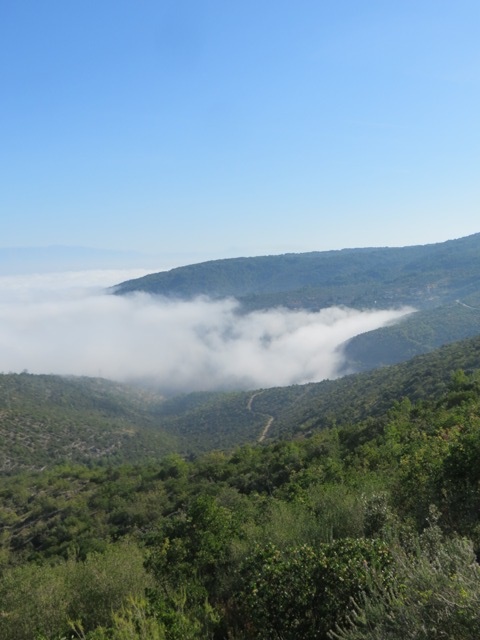
But turn the camera 180 and look south, and there is no fog to be seen.
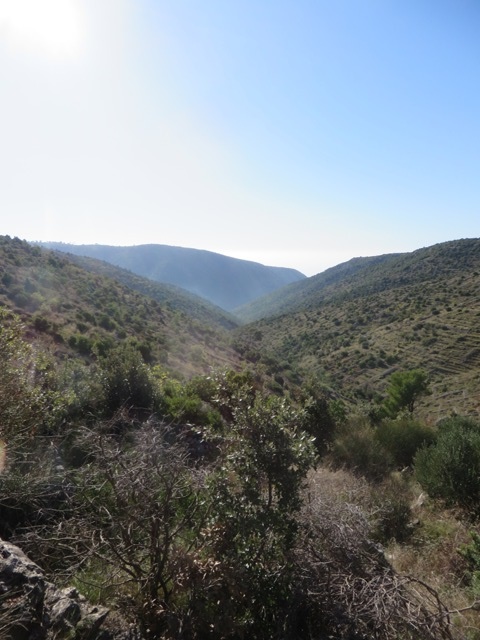
Meanwhile after downloading my weather station data, I am 100 litres per square meter of precipitation down on the average for this time of year.
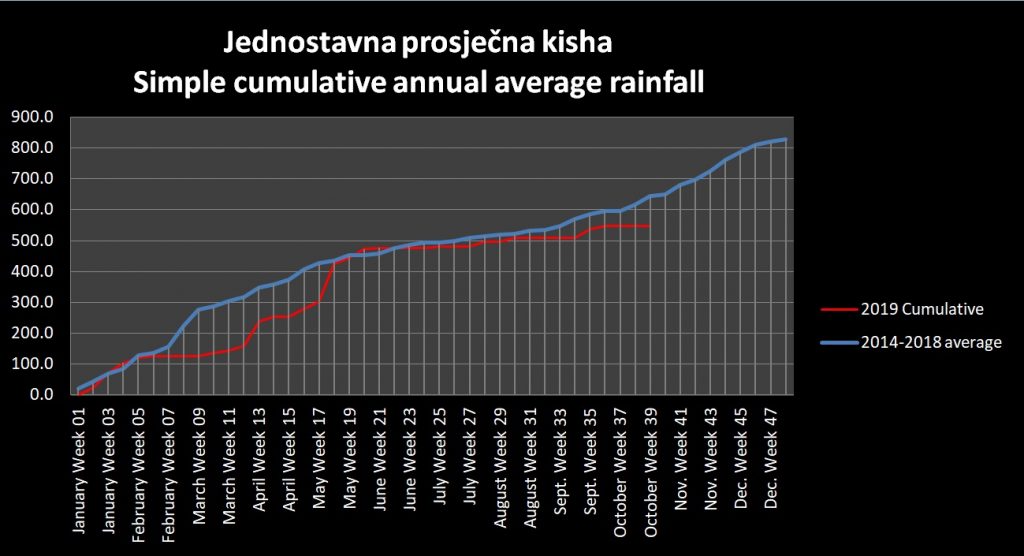
I am still irrigating – I have never had to irrigate in October before – just to keep plants alive and the soils are extremely dry.
There are no immediate signs of the usual autumn rains arriving. NRC
2 Responses
Tony Griggs
Love the fog photo Norman. Spring here in southern Australia. Yesterday at our place at http://www.grandridgestay.com it rained on and off about every hour through the day with intermittent sunshine in between. About 17 degrees tops. Stay well. Cheers Tony
Denis Williams
You need to eat Kiwi fruit Norman .At the risk of telling granny to suck eggs
Kiwi fruit has the highest content of vitamin C in any fruit known to man .
If I get a cold I eat 2 a day and the cold is gone in a couple of days .
Best of luck Den